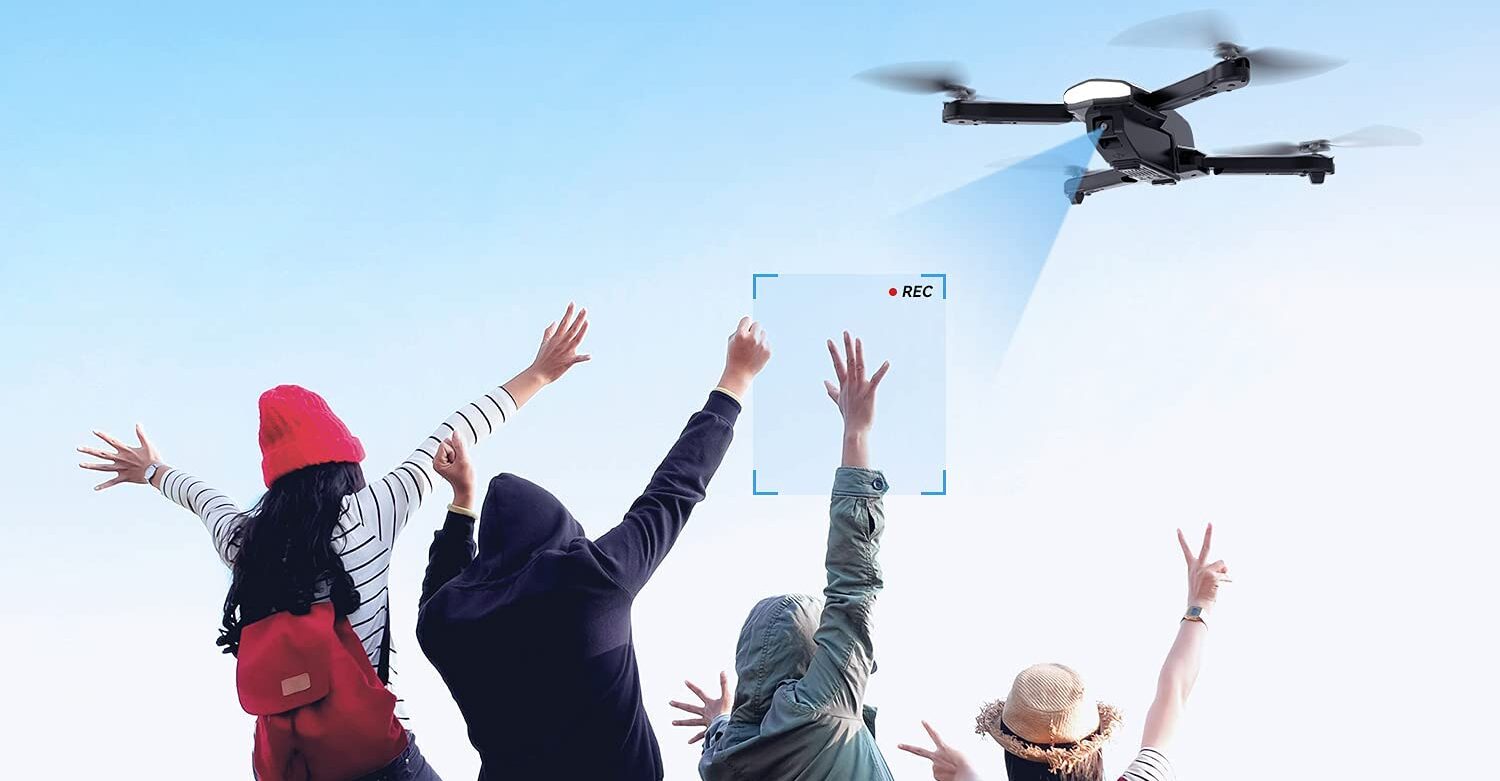Drones have revolutionized the way we capture breathtaking aerial views and explore the world from a new perspective. However, it’s crucial to understand the legal and safety considerations when operating a drone. In this guide, we’ll walk you through the essential steps to ensure you’re flying your drone in authorized and secure locations.
Understanding Drone Regulations
Before taking off, it’s crucial to familiarize yourself with the local regulations governing drone flights. These rules are put in place to safeguard airspace, privacy, and public safety. Some key points to keep in mind include:
- Registration and Licensing: Many countries require drone owners to register their aircraft and obtain a license for operation.
- No-Fly Zones: Identify areas where drone flights are strictly prohibited, such as airports, military installations, and national parks.
- Altitude Restrictions: Different regions may have varying altitude limits for drone flights. These restrictions are in place to avoid conflicts with manned aircraft.
Utilizing Drone Flight Apps
Several smartphone apps provide real-time information on airspace restrictions and other vital data for drone operators. These apps help you:
- Access No-Fly Zones: Stay informed about restricted zones, ensuring you avoid unauthorized areas.
- Check Weather Conditions: Be aware of current weather conditions that could affect your drone’s performance.
- Monitor Air Traffic: Keep an eye on nearby manned aircraft to maintain safe distances.
Seek Permission When Necessary
In some cases, you may want to fly in controlled airspace or special areas. In such instances, it’s crucial to obtain the proper authorization. Contact local authorities, air traffic control, or relevant agencies to ensure your flight is legal and secure.
Respect Privacy and Property Rights
Respecting the privacy and property rights of others is a fundamental aspect of responsible drone operation. Always obtain permission before flying over private property or capturing images of individuals.
Community and Environmental Considerations
As a responsible drone pilot, it’s important to consider the impact of your flights on the community and the environment. Avoid disturbing wildlife, maintain a safe distance from people and animals, and follow any specific guidelines set by local authorities.
Stay Informed and Updated
Drone regulations and guidelines can evolve over time. Stay informed about any changes in local laws and regulations to ensure you’re always operating within legal boundaries.
Conclusion
Flying a drone is an exhilarating experience, offering unique perspectives of our world. By understanding and adhering to drone regulations, respecting privacy, and considering the environment, you can enjoy your flights safely and responsibly.
Remember, being a responsible drone pilot not only ensures your enjoyment but also contributes to the overall safety and positive perception of drone technology.
Demystifying DJI No-Fly Zones (NFZ): What You Need to Know
Mastering the Skies: Essential Drone Flying Rules for Safe and Responsible Operation

